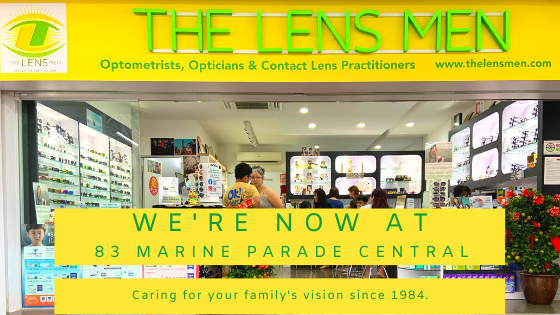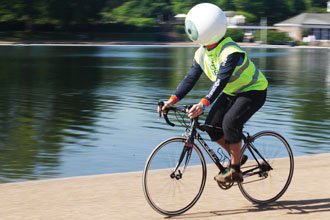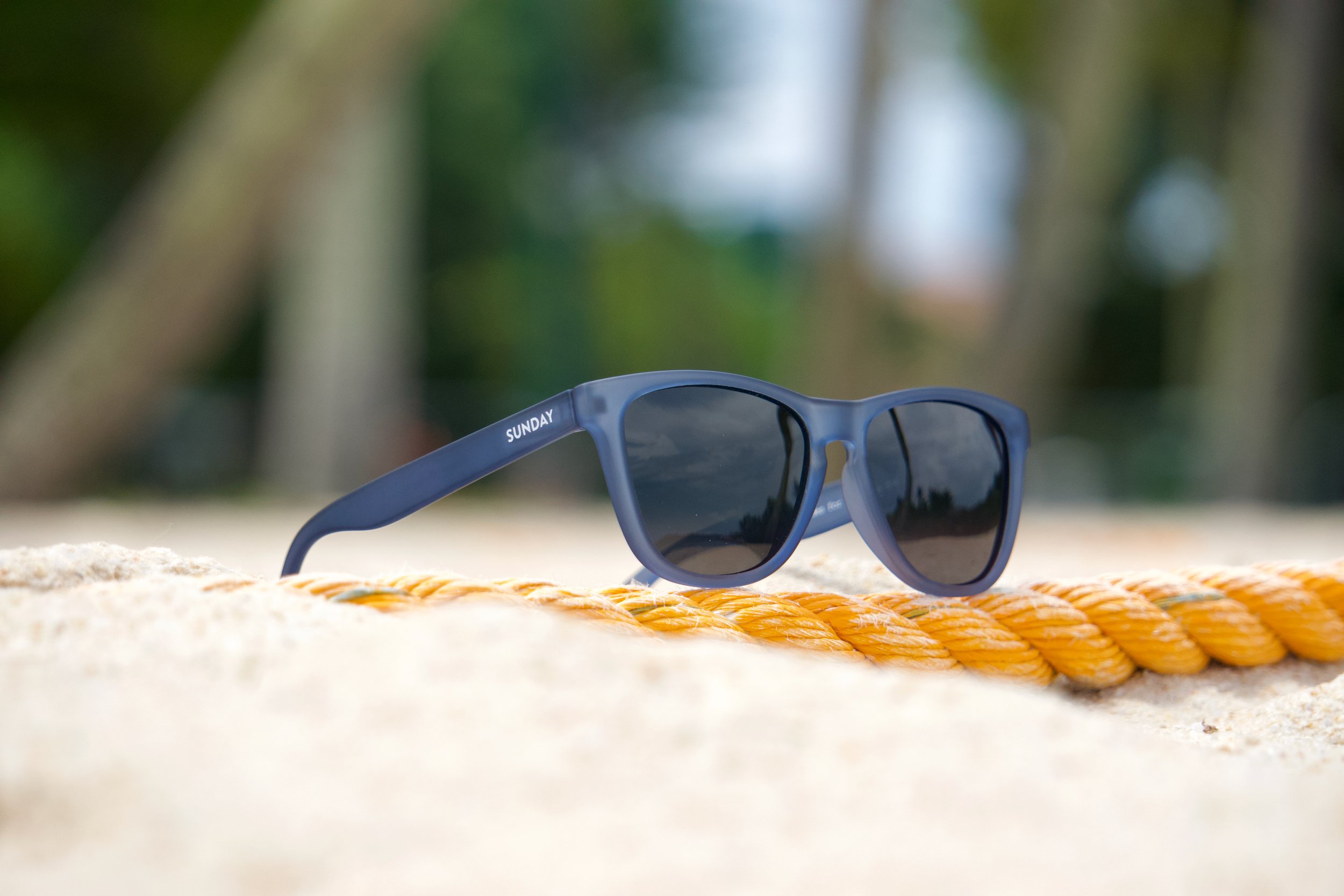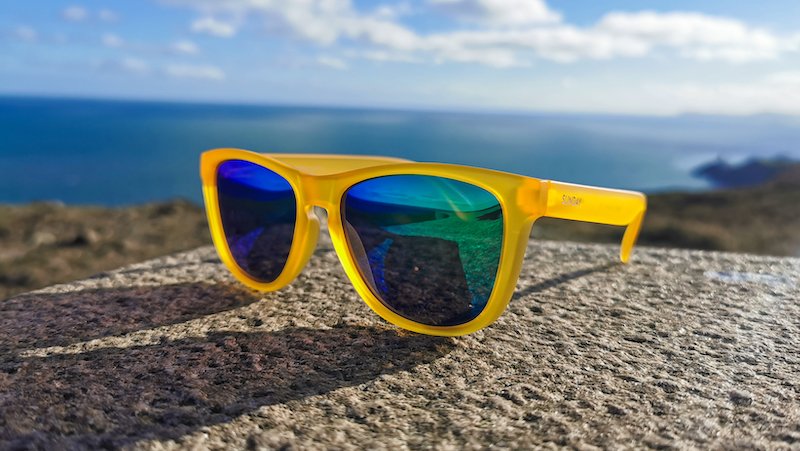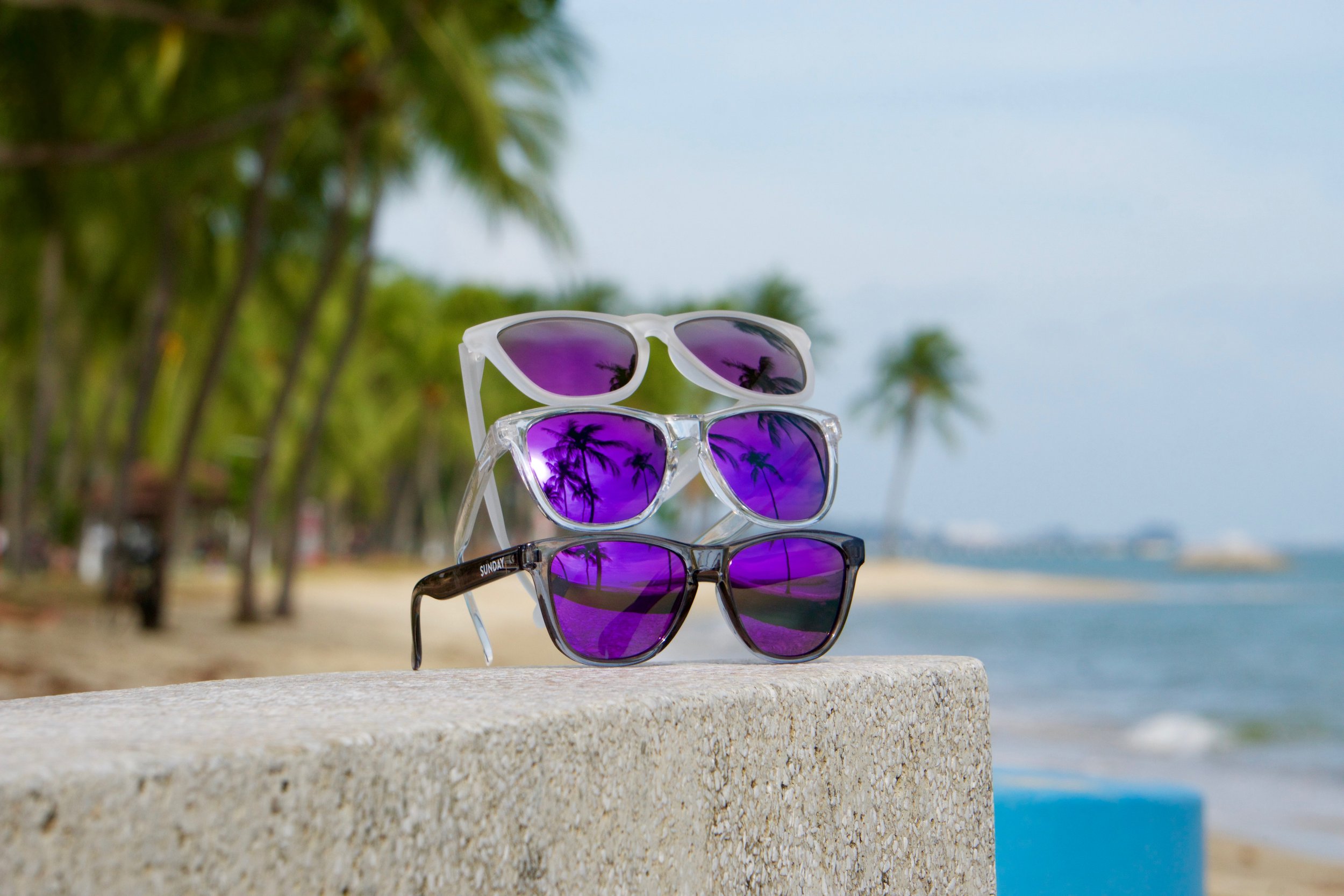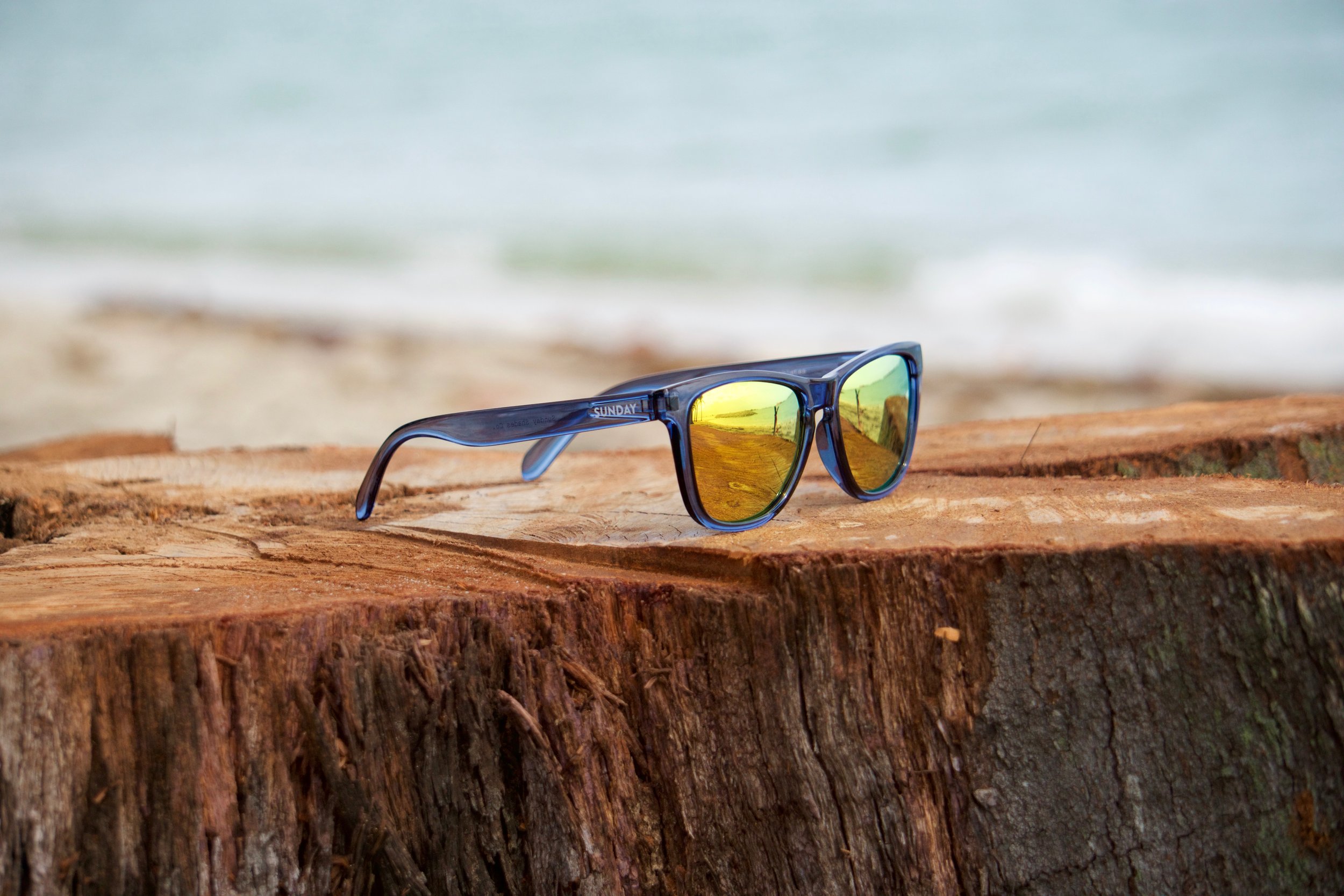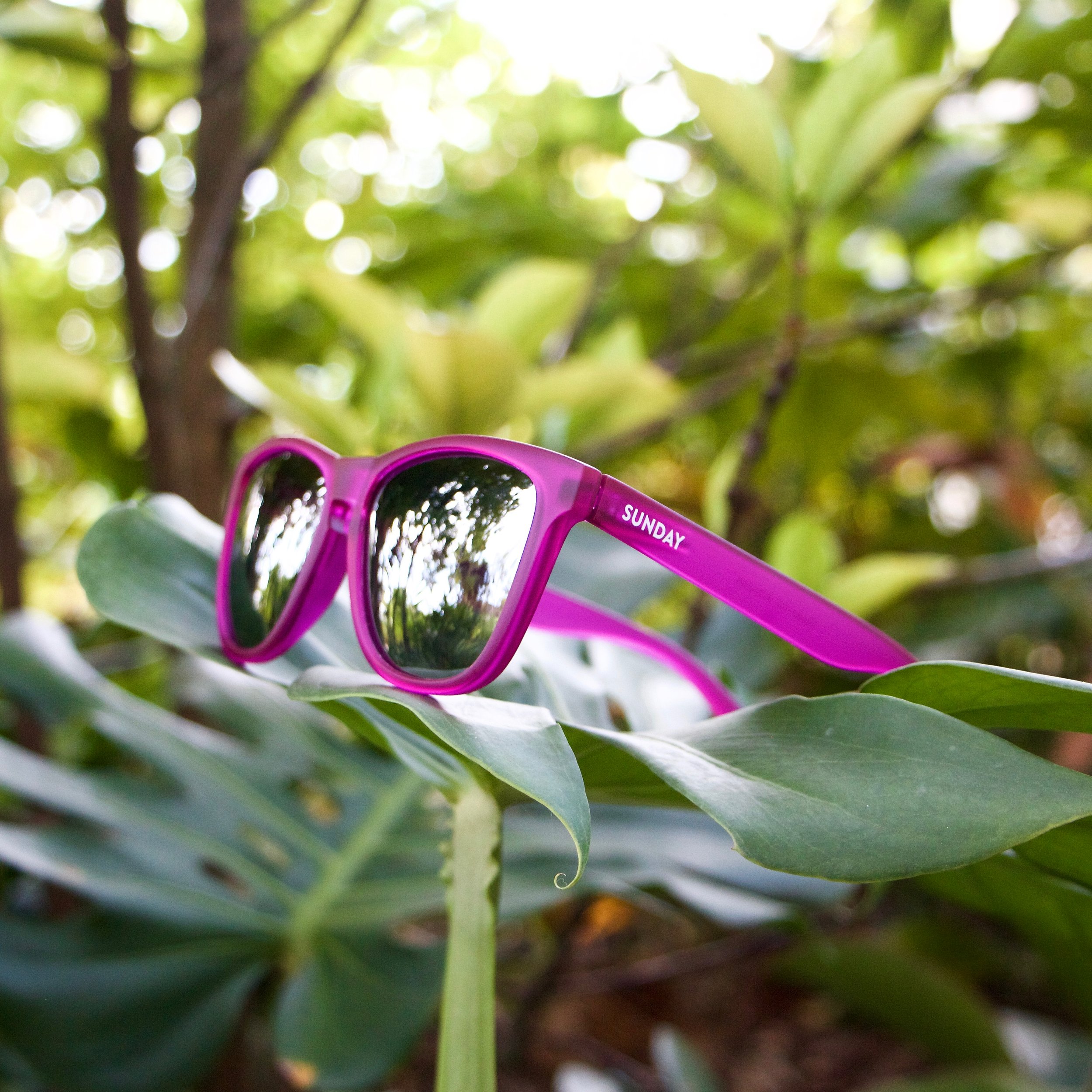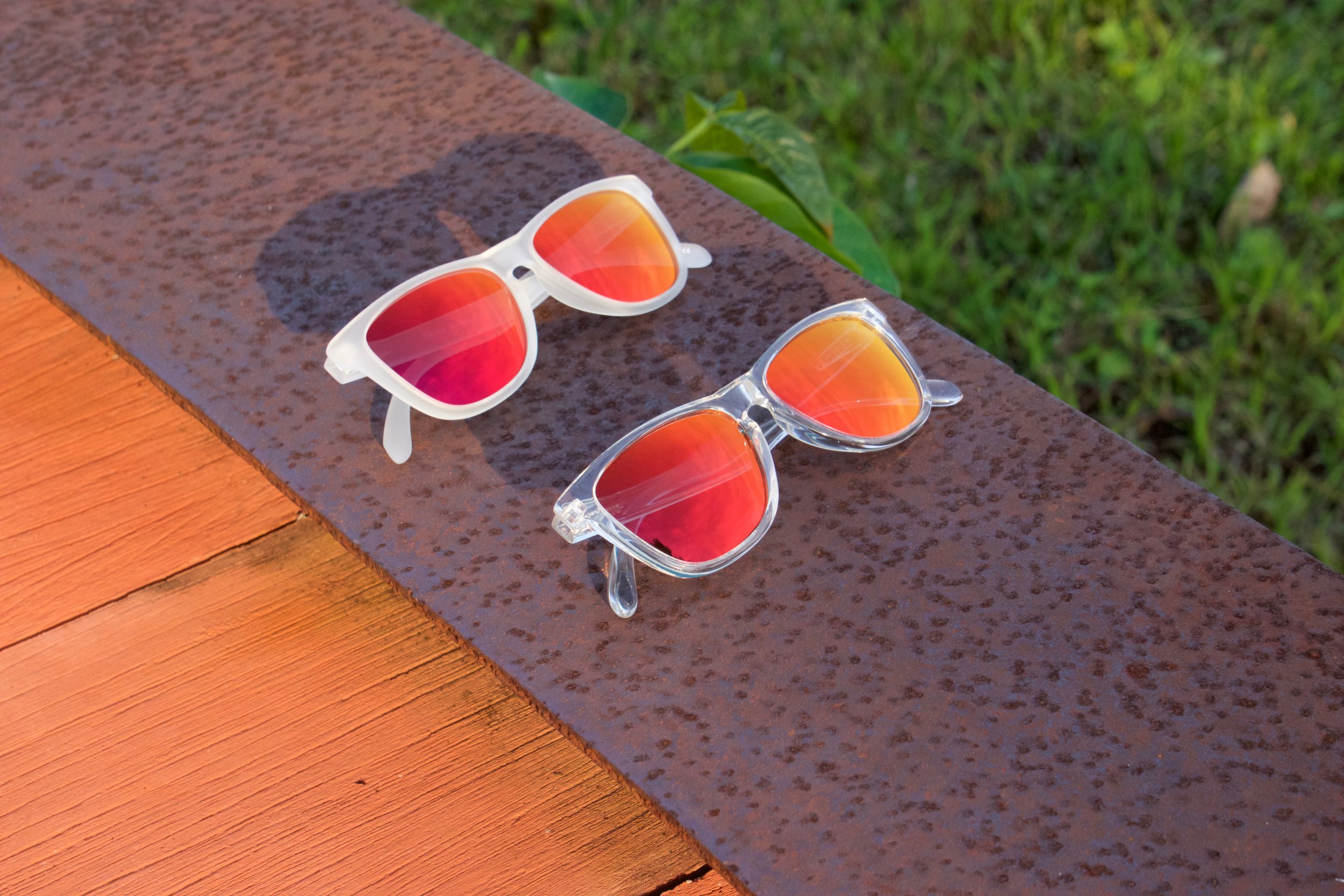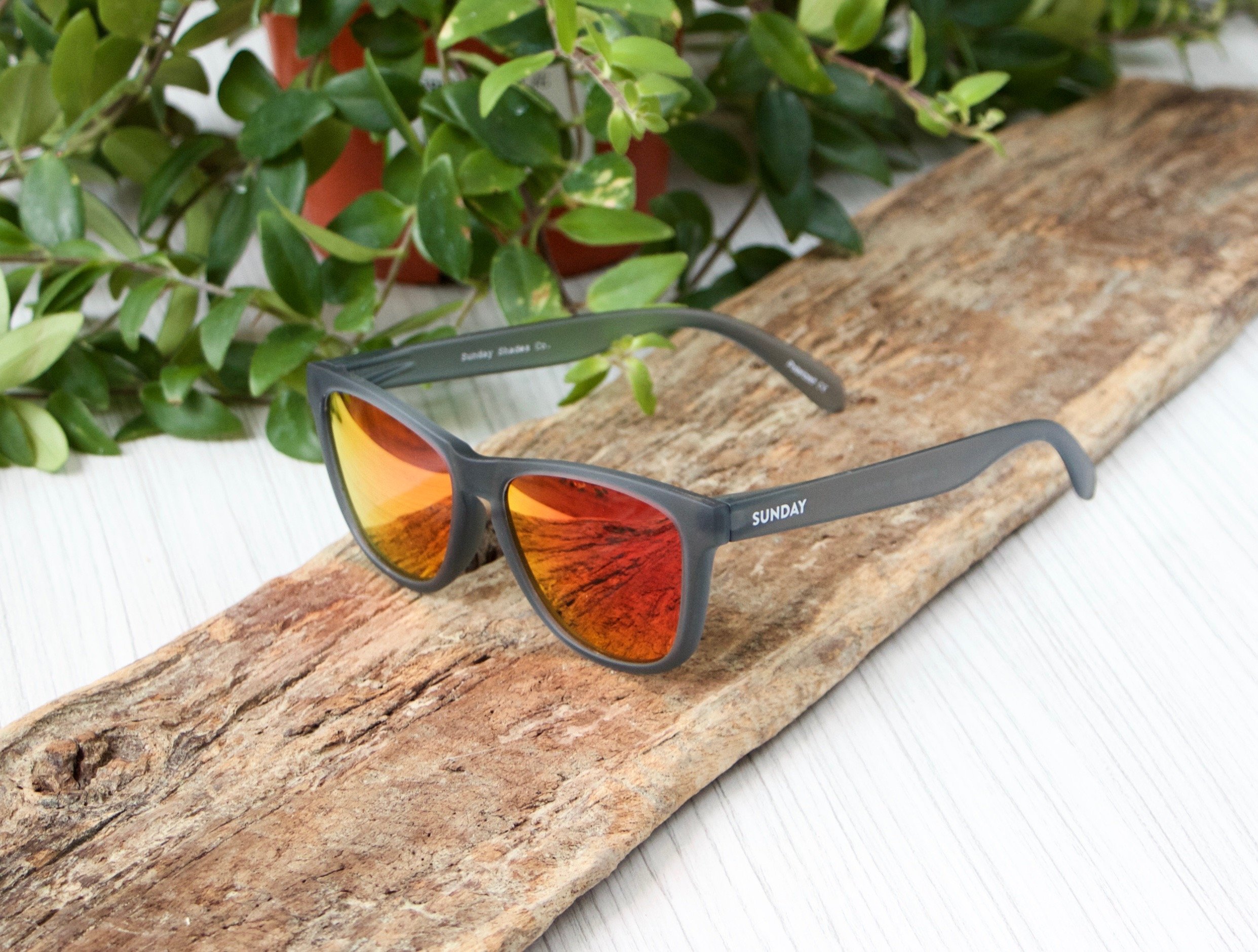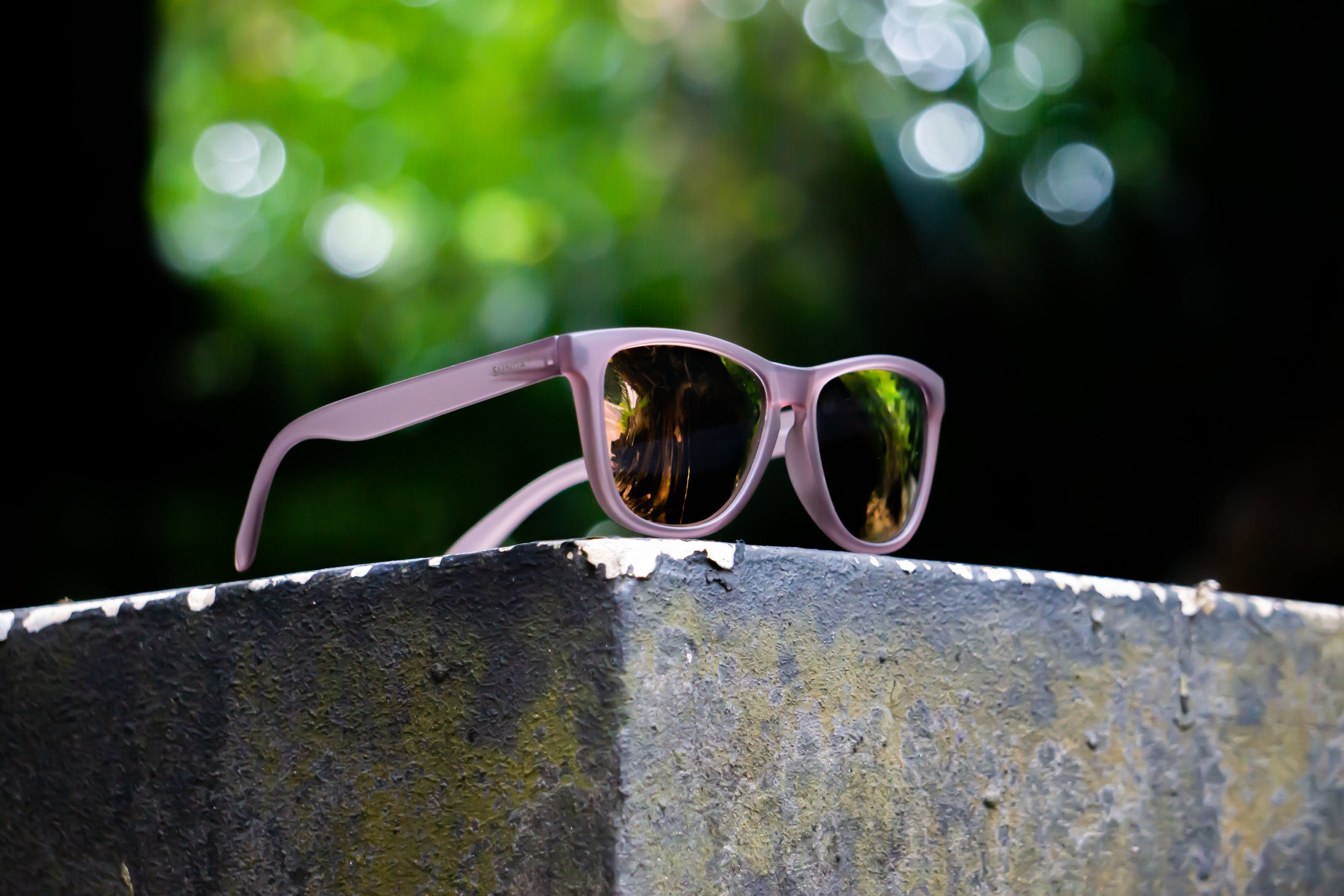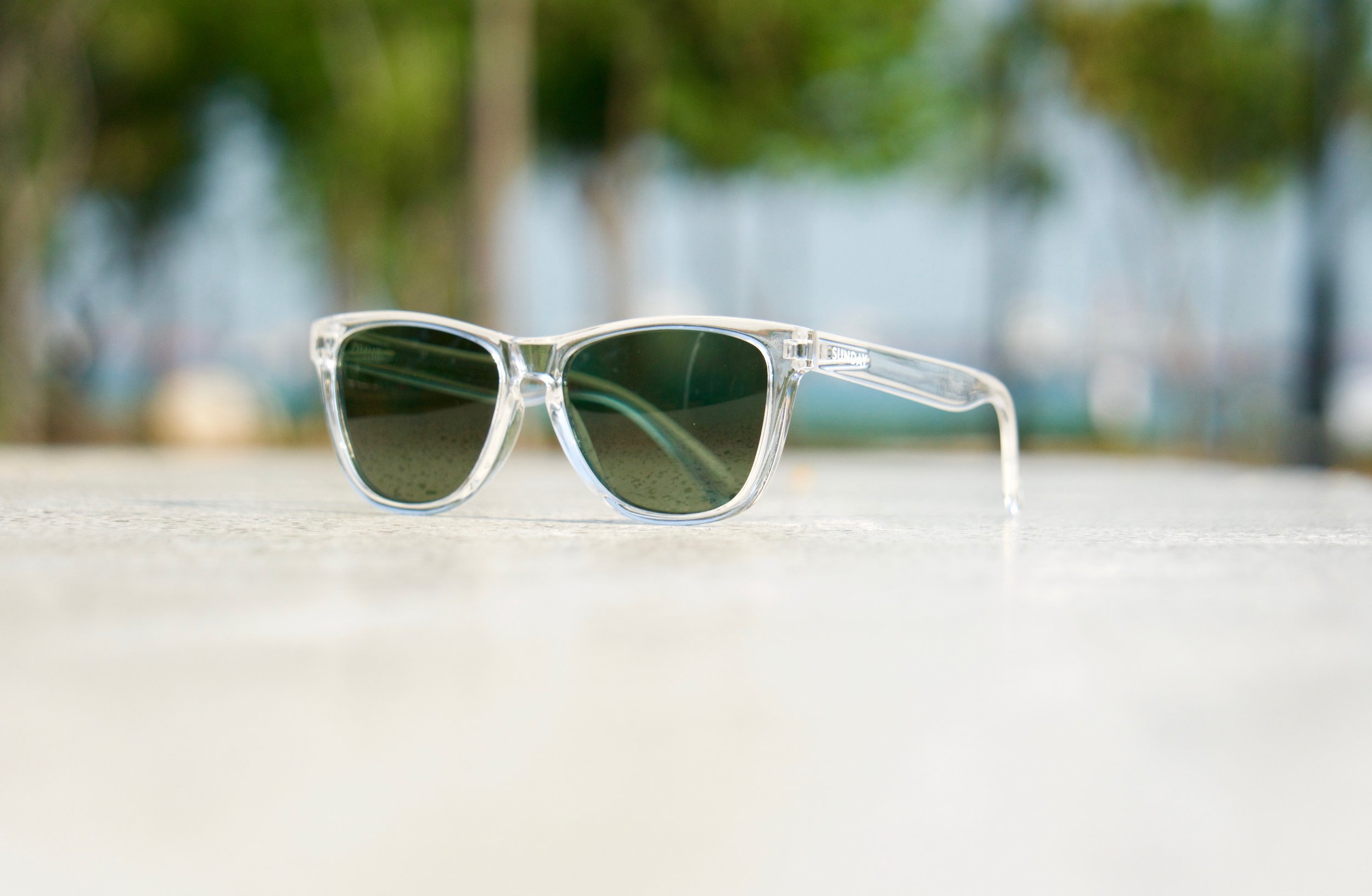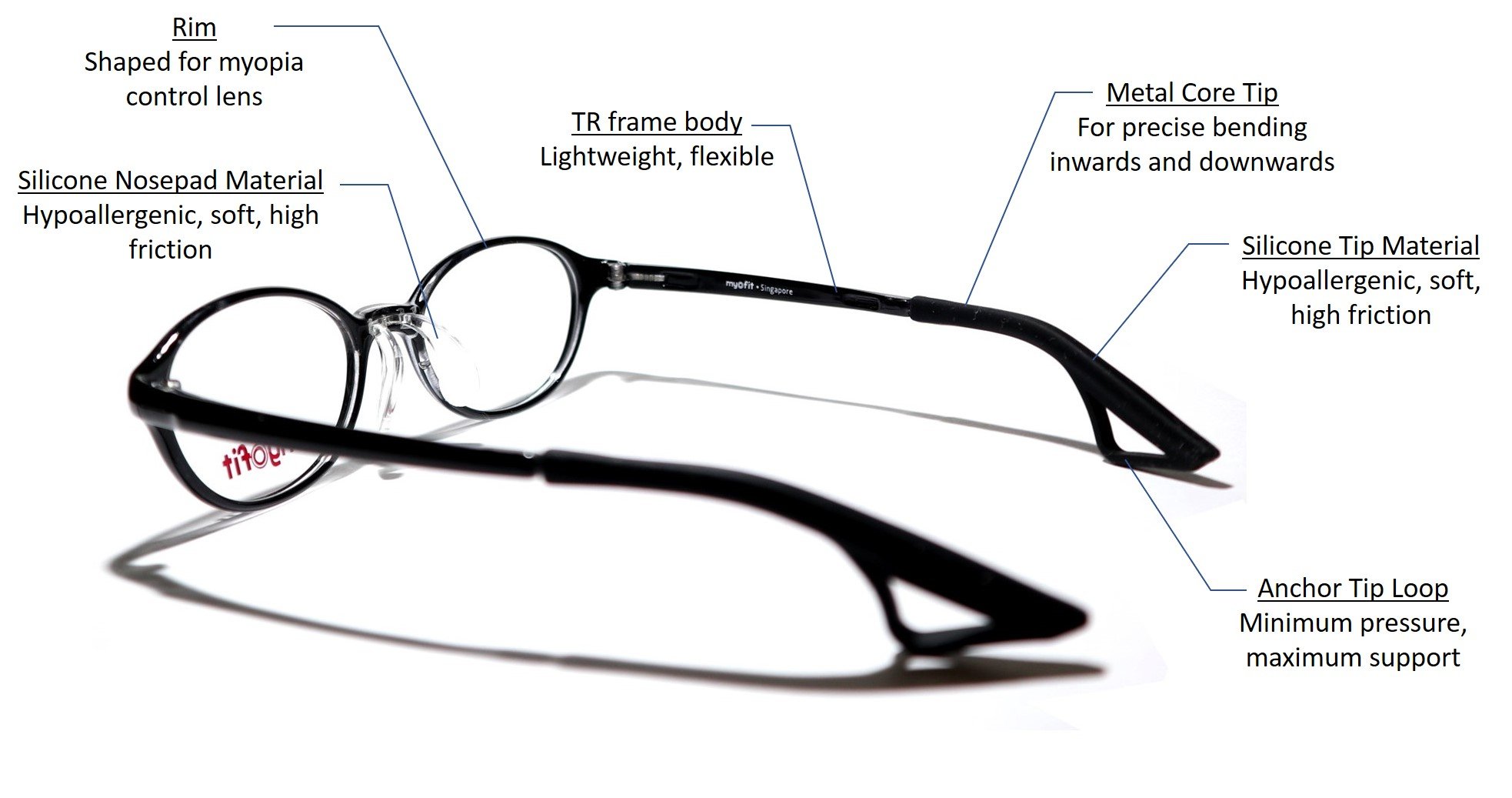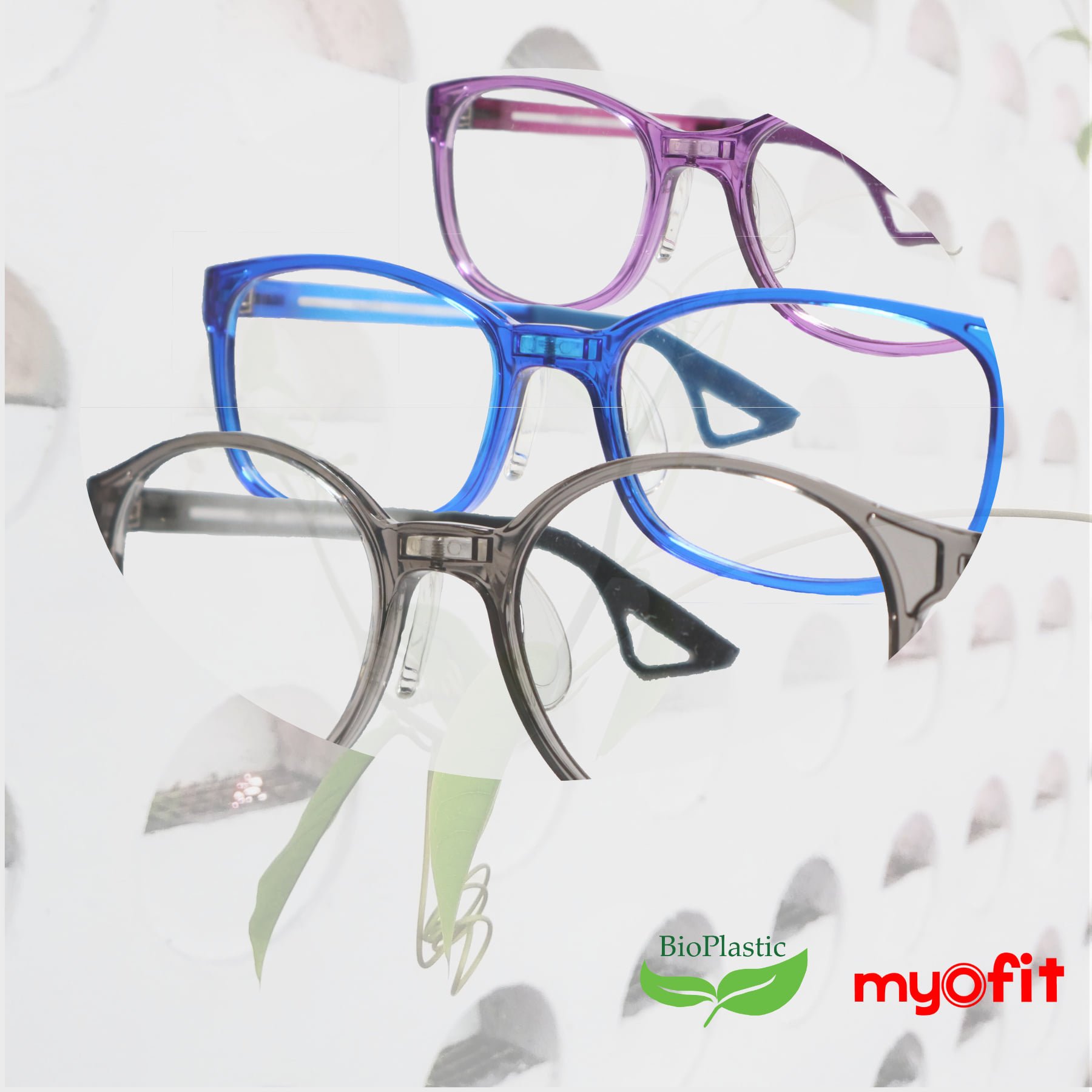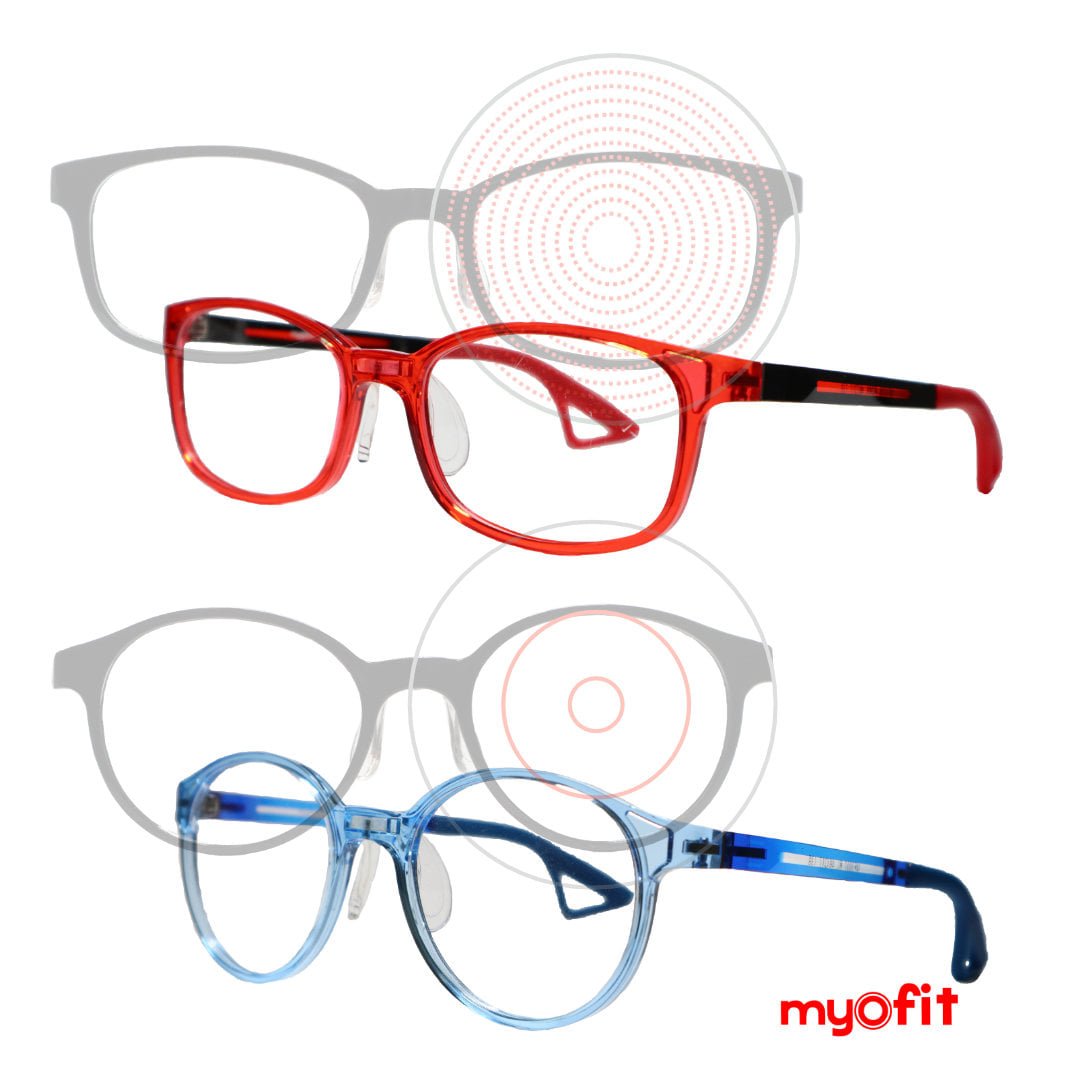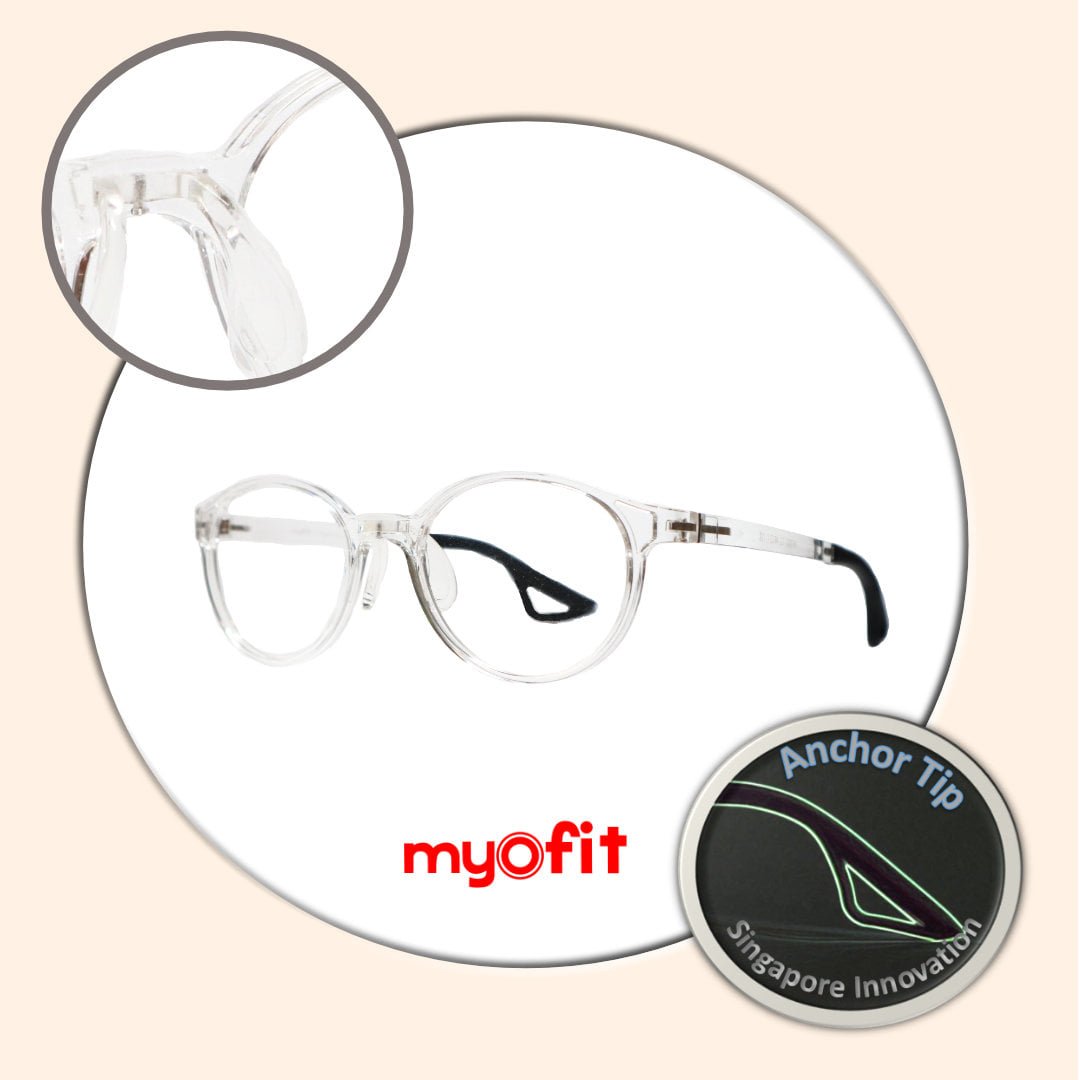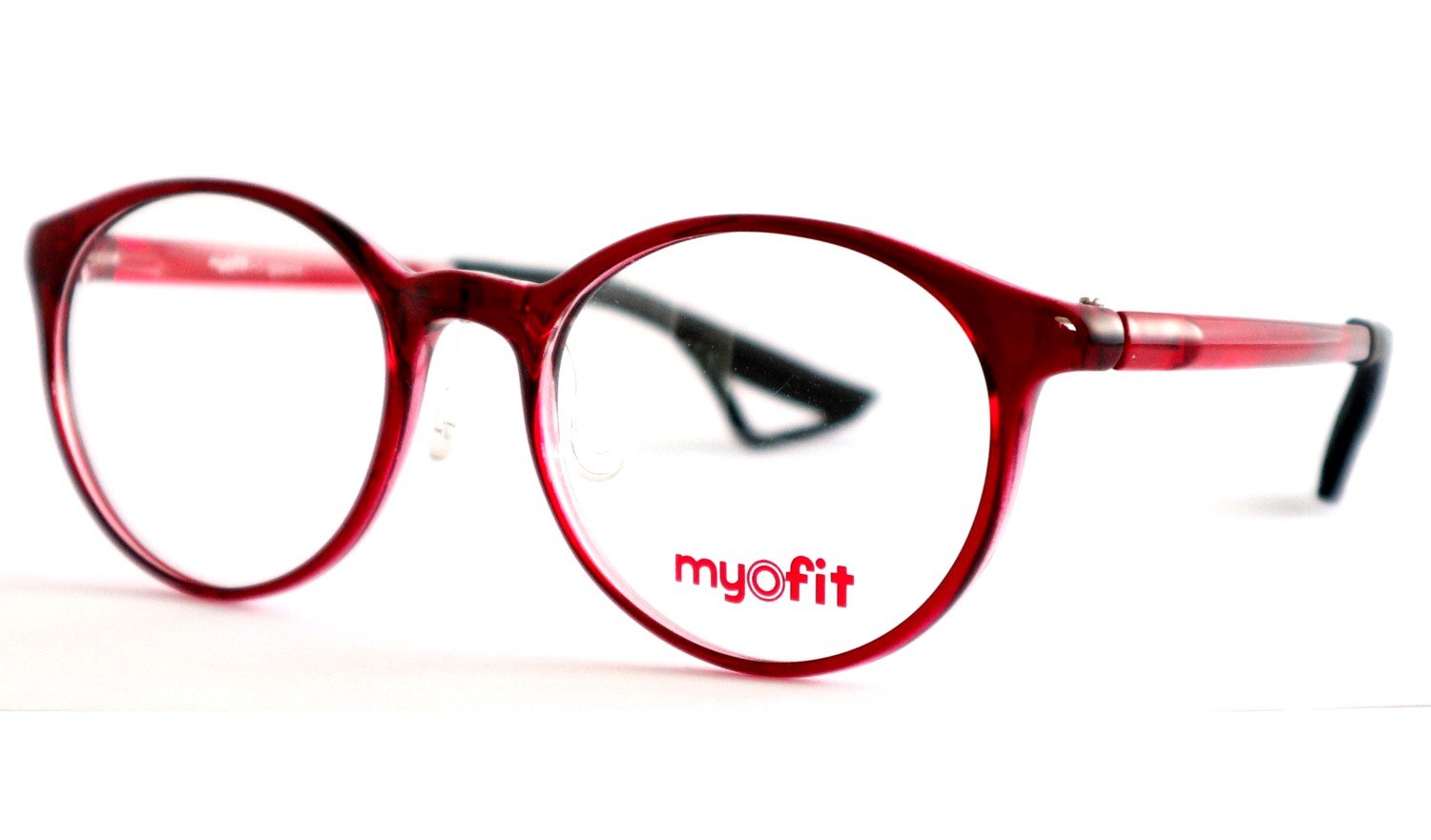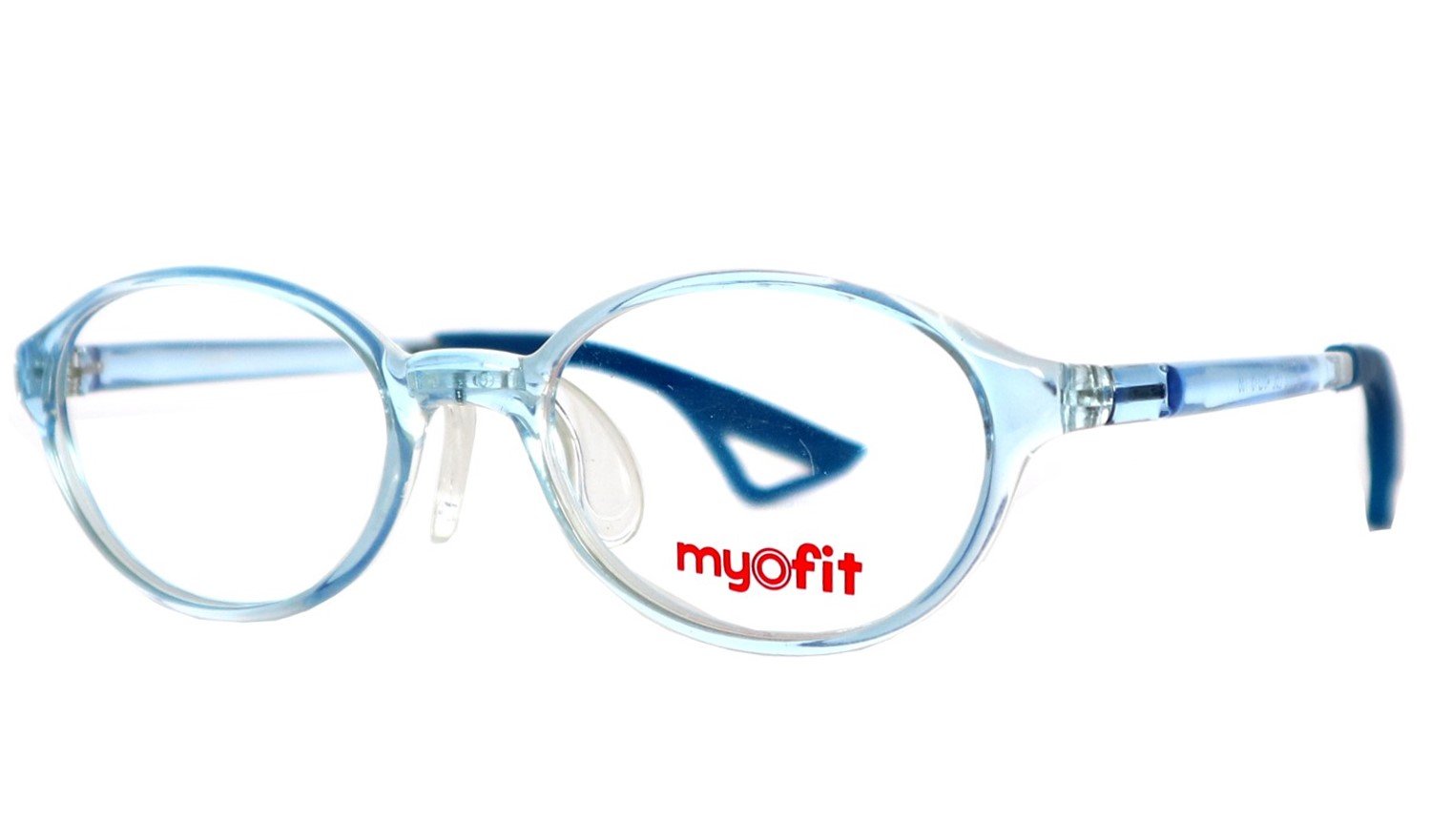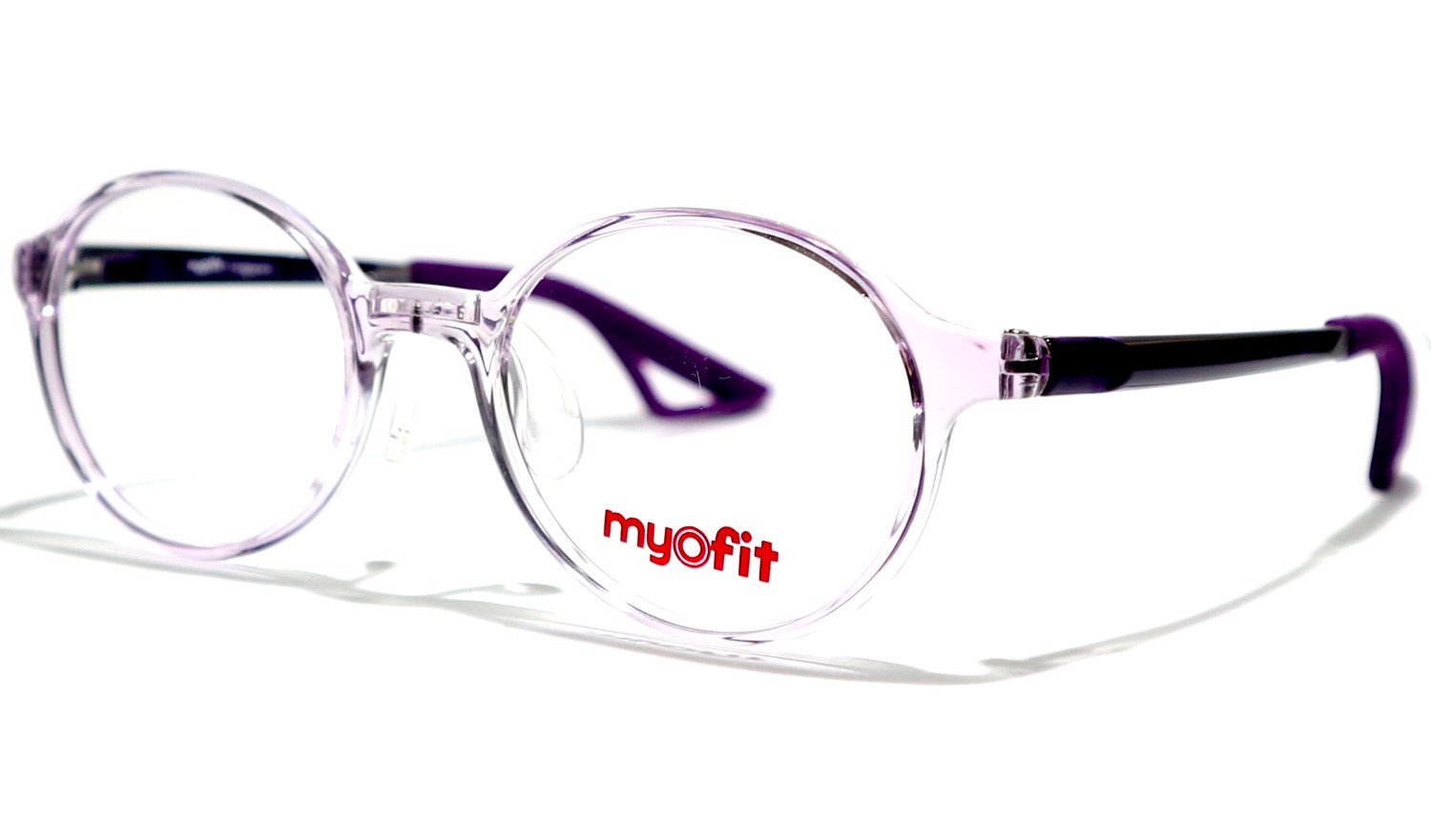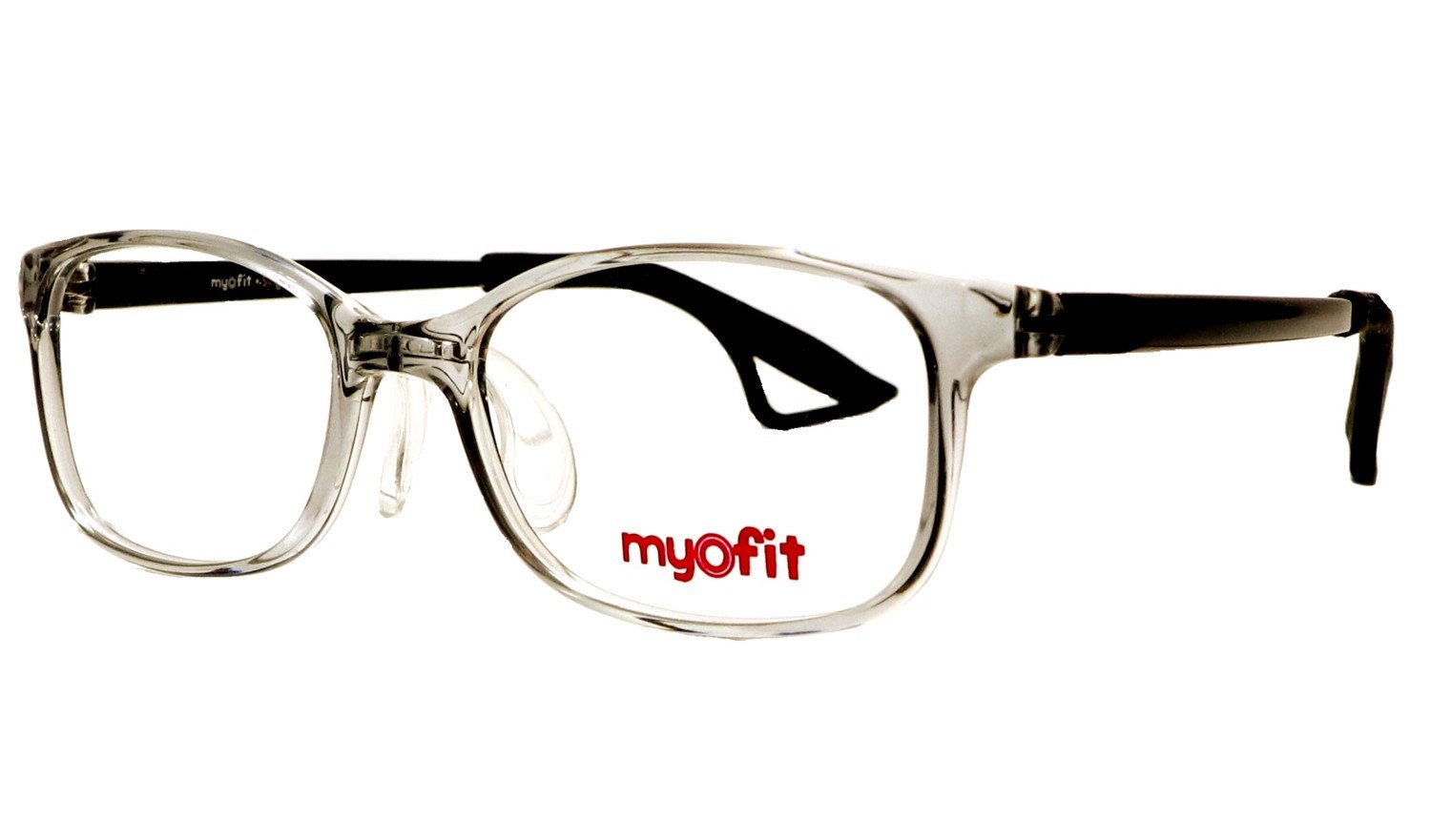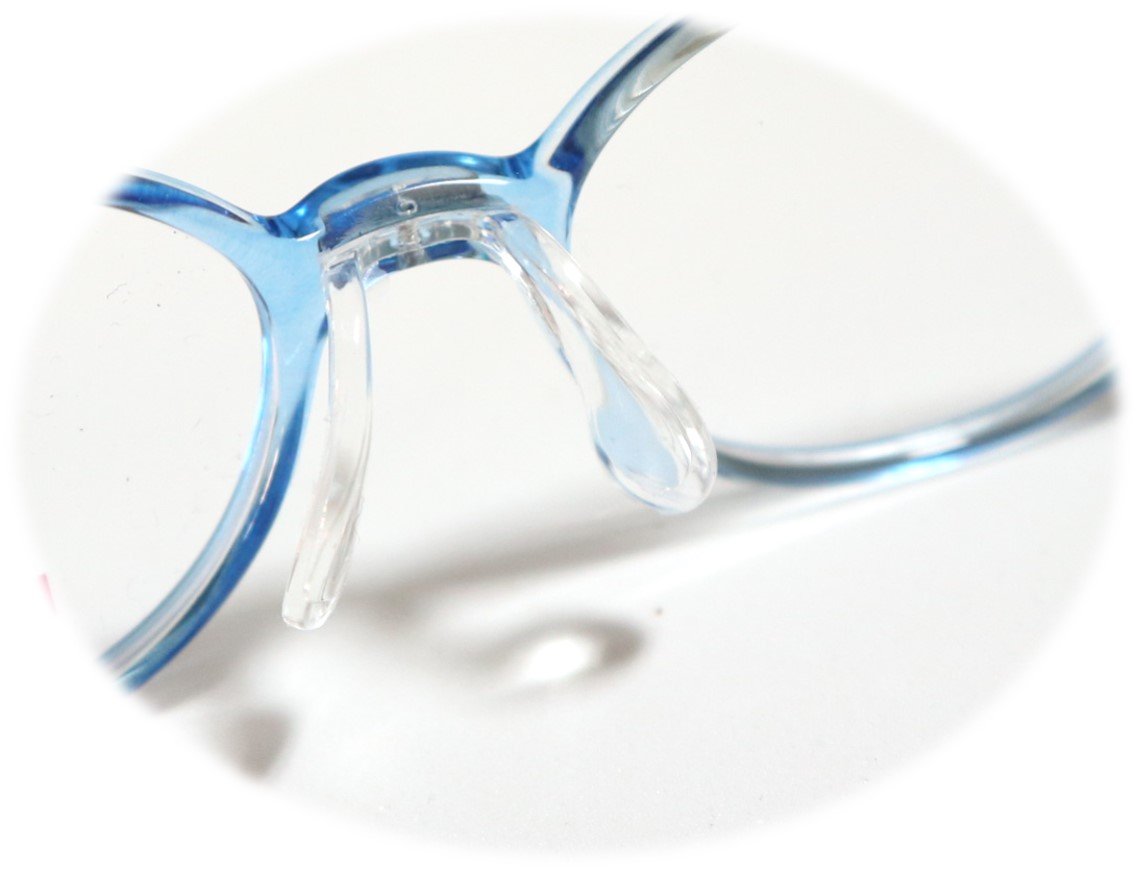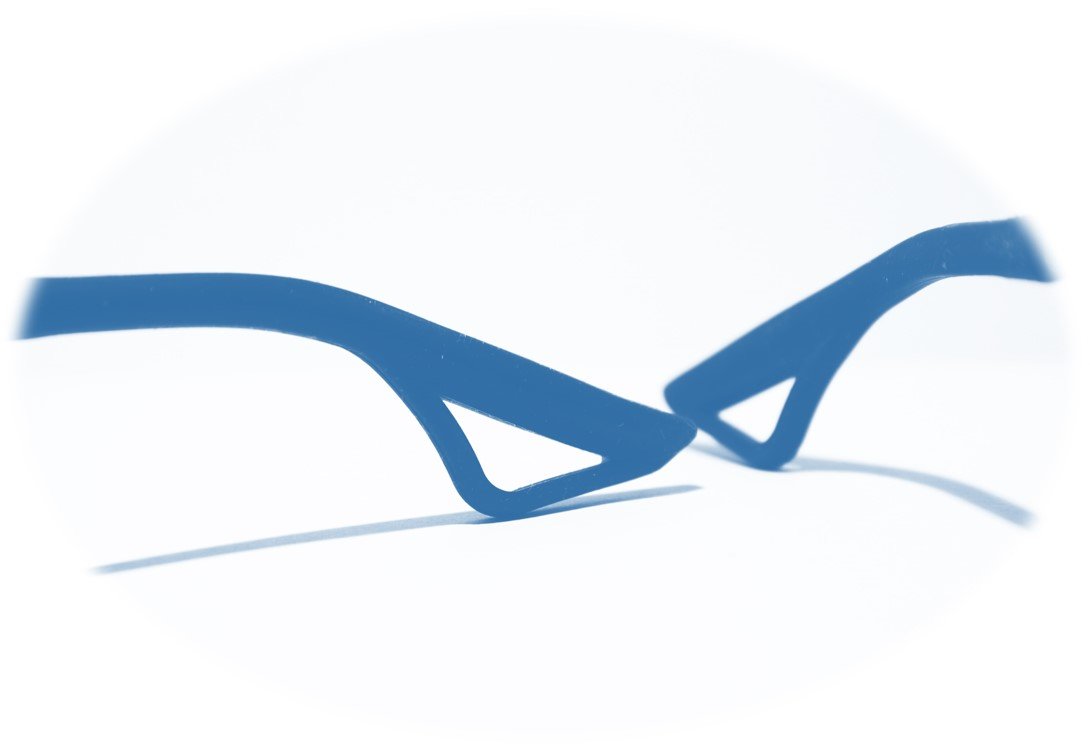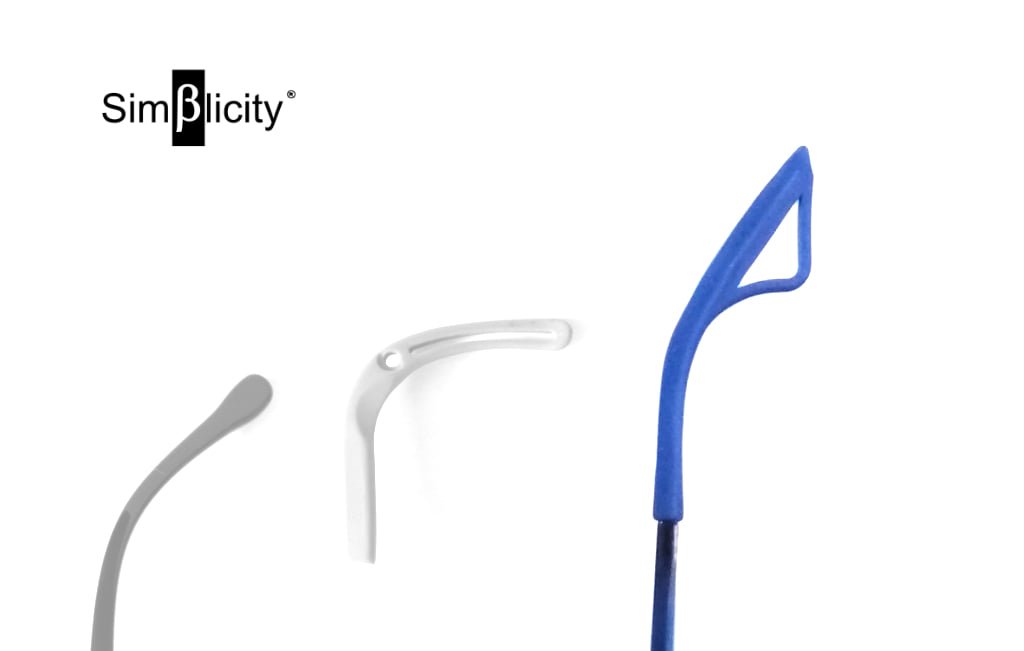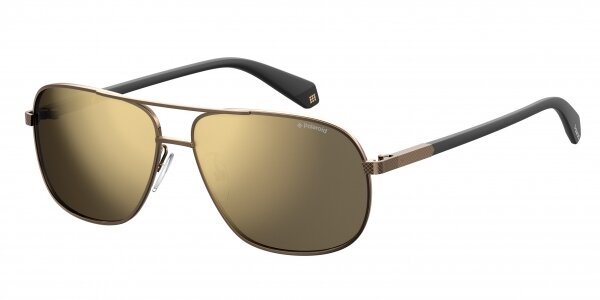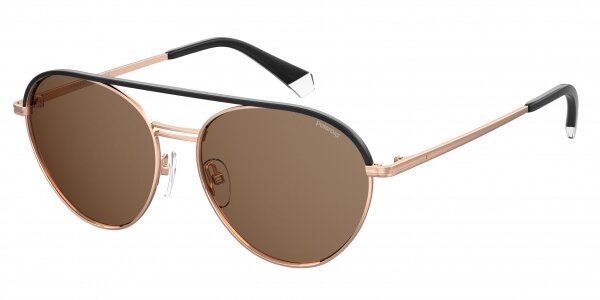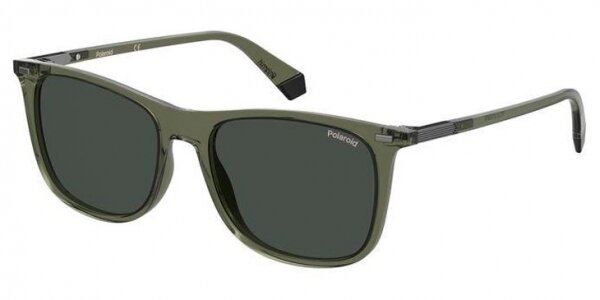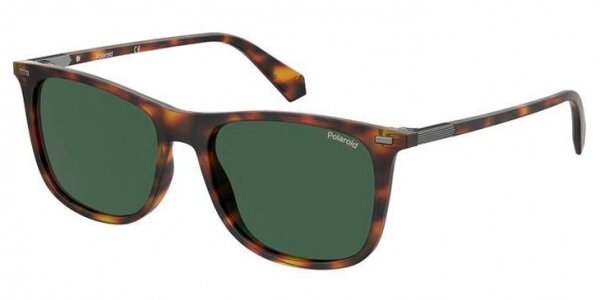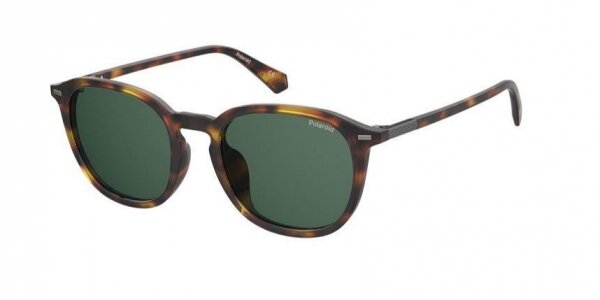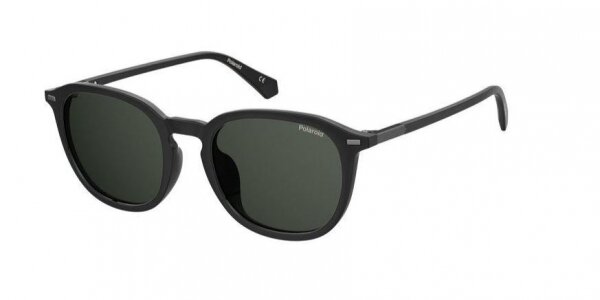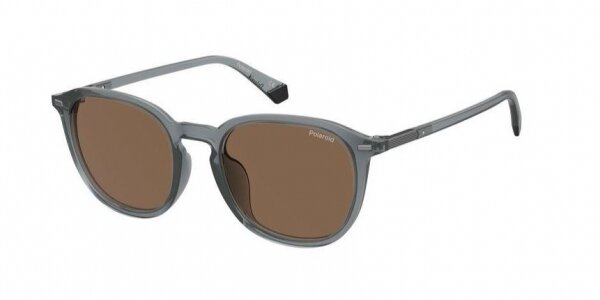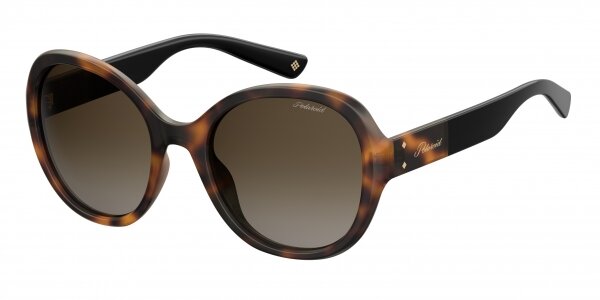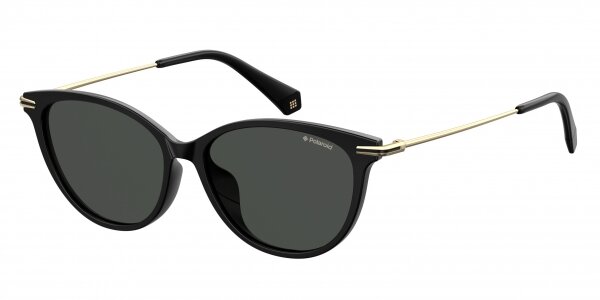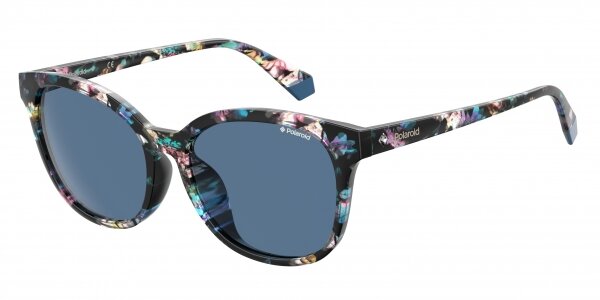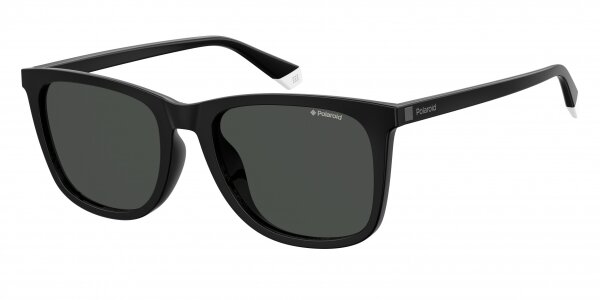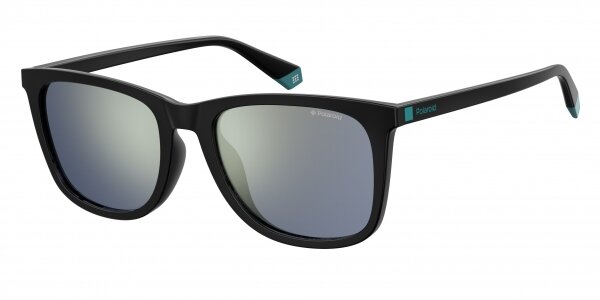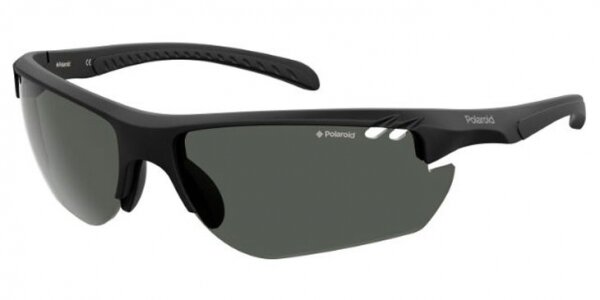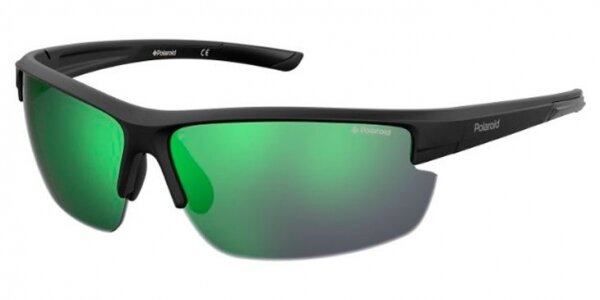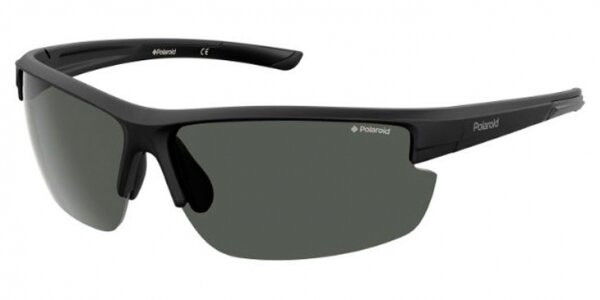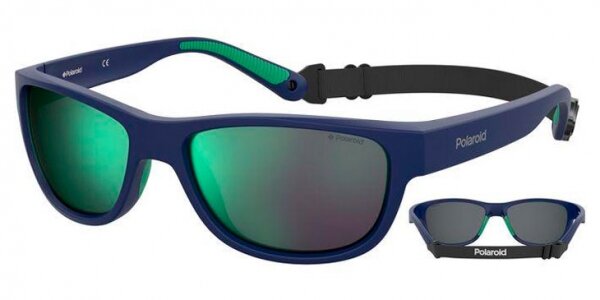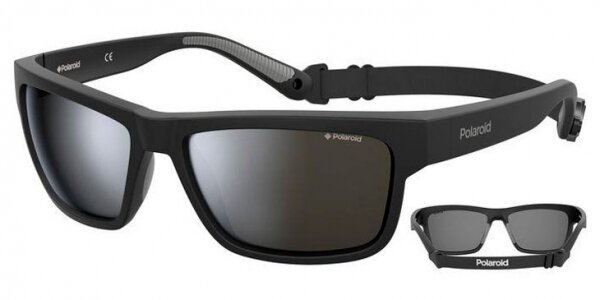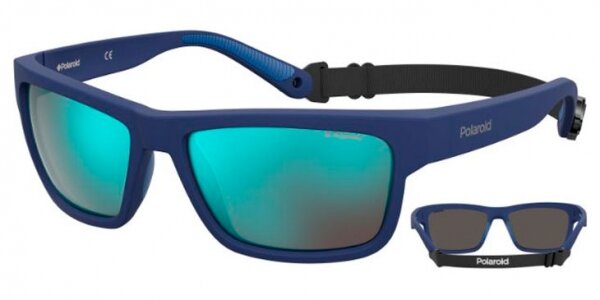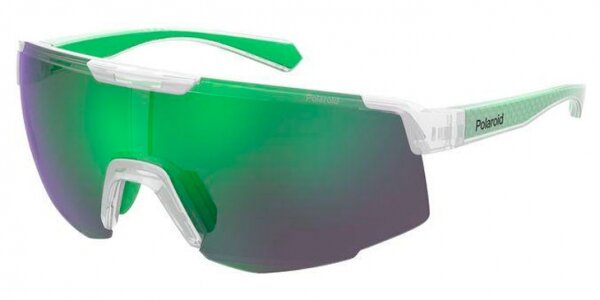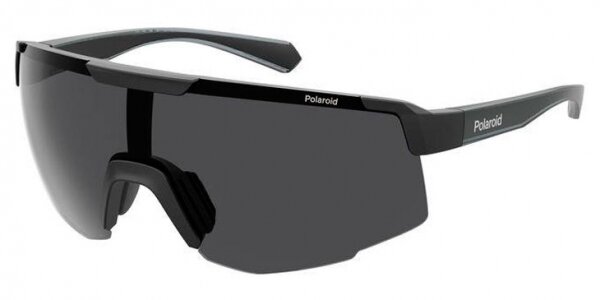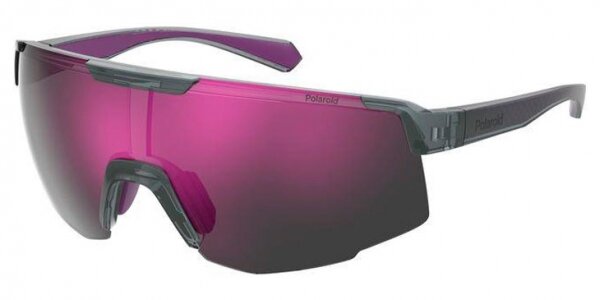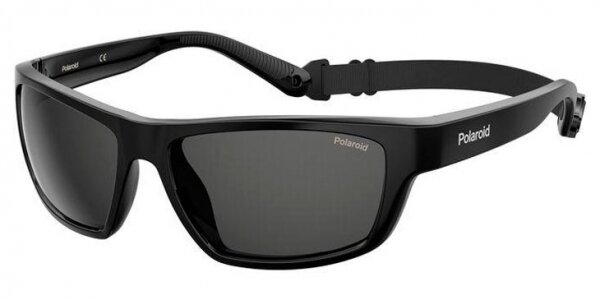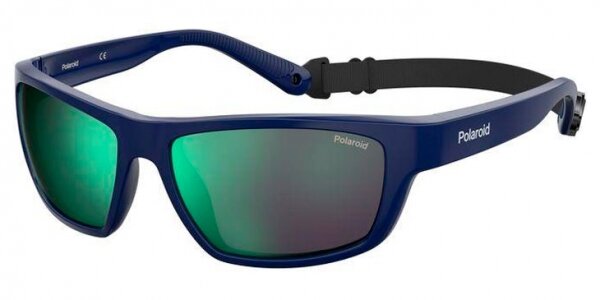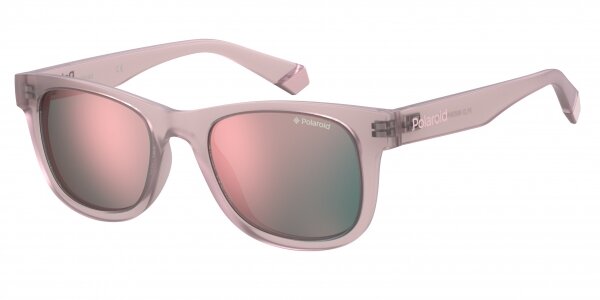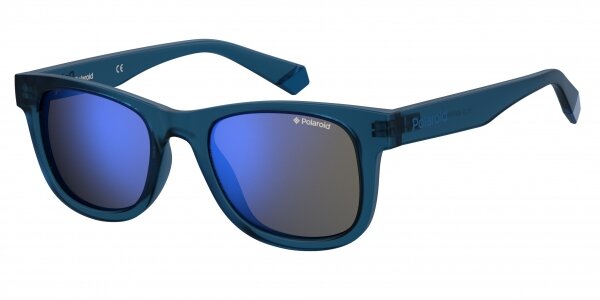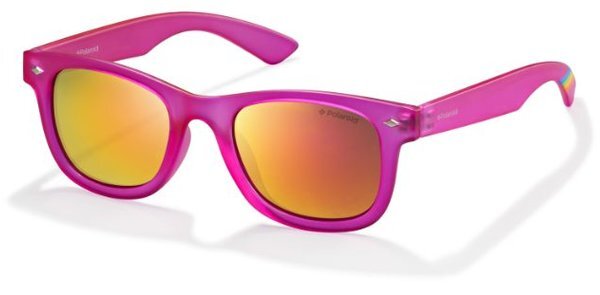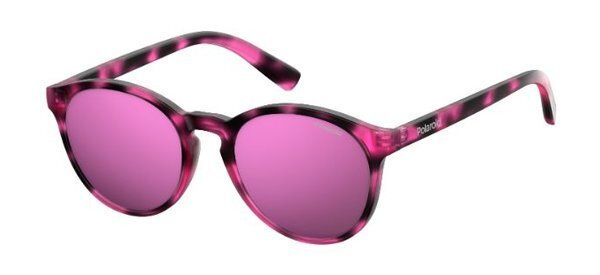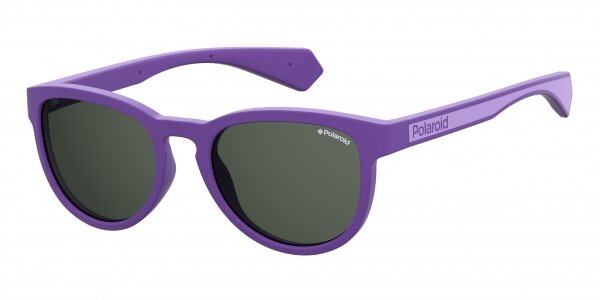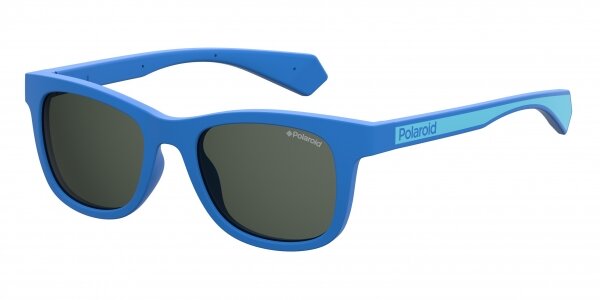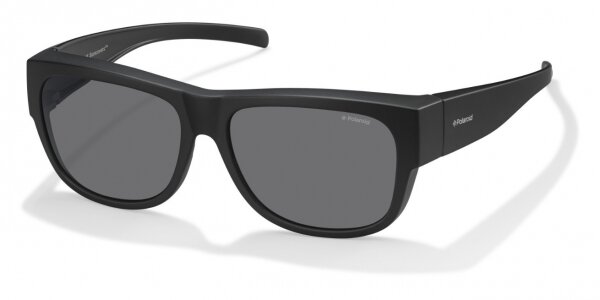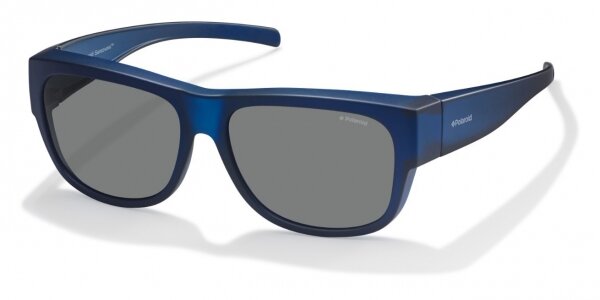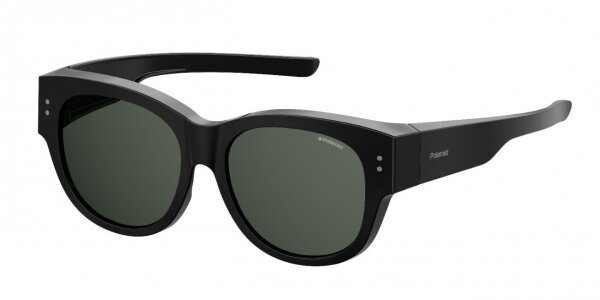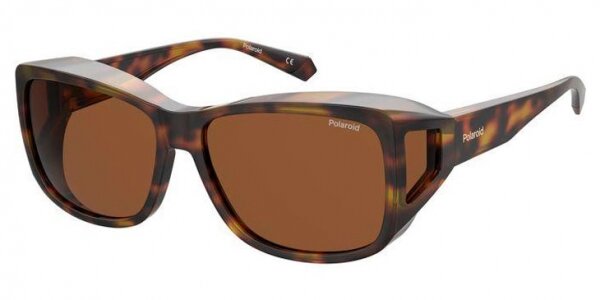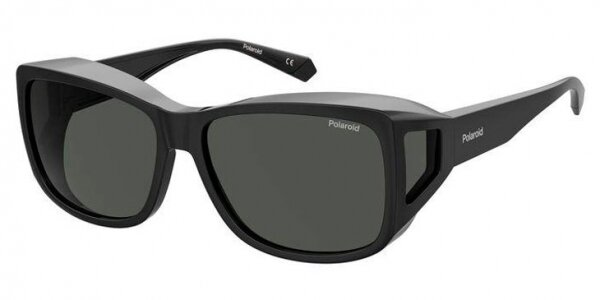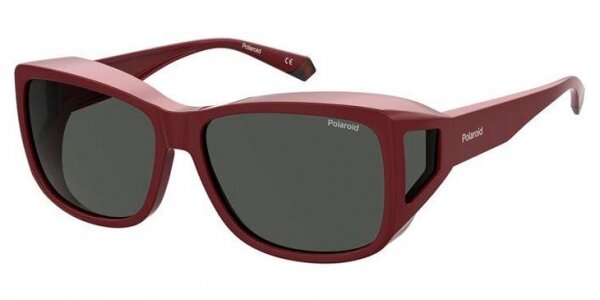Control Your Child's Short-Sightedness For The Long Run!
Don’t fall short on managing your child’s short-sightedness! If your child has myopia and leads an active lifestyle or prefers not to wear glasses all the time, Acuvue Abiliti is the perfect contact lens solution for myopia management!
With proven efficacy to slow down the progression of myopia while correcting vision in as early as six months on average, Abiliti means your child doesn’t have to put myopia management on hold just because they’re wearing contact lenses. Developed for full-time and full-on armoring against myopia, clinical tests have proven Abiliti effectiveness by simply wearing at least eight hours a day on five days a week. Your child can choose to wear Abiliti throughout, or complement usage with glasses fitted with myopia management ophthalmic lenses. Don’t worry, Abiliti works perfectly with any brand of myopia management ophthalmic lenses, whether Hoya MiYoSmart or Essilor Stellest!
Made with silicon hydrogel, the best material available for contact lenses with the highest oxygen permeability and moisturizing, Abiliti also offers the best quality in wearability comfort, hygiene and handling ease. As a daily disposable lens, simply throw away after each use without needing to clean or store - this reduces the risk of lenses getting infected and also makes contact lens wear fuss-free, safe and quick for your child. Abiliti also features UV blocking for safe outdoors use.
Be Proactive About Your Child’s Myopia
Abiliti works best for children age seven to 12 at the start of treatment. Here’s how to get fitted with Abiliti with our team of professional, experienced and licensed optometrists:
Come for a complimentary discussion on how to most successfully and effectively incorporate Abiliti in your child’s myopia management program.
If our optometrist determines Abiliti myopia management contact lenses are suitable for your child, we will do a trial fitting to ensure the correct prescription and wearing comfort and safety for them. If this is your child’s first time wearing contact lenses, we will provide a wearing and handling tutorial and will only dispense the lenses when we are satisfied your child can safely and ably handle contact lens wearing and handling on their own. This consultation costs $50, but the fee is waived when you buy a minimum of two boxes of Abiliti contact lenses from us. If your child decides not to proceed with Abiliti or any other brand of contact lenses, we will credit this $50 towards purchase of a pair of prescription glasses (one-year validity).
You can conveniently re-order Abiliti contact lenses with free delivery by dropping us a WhatsApp (you can re-order contact lenses for everyone in your family this way, too!). As long as the re-orders are within 12 months of the wearer’s last corneal check, to ensure their eyes are still healthy for contact lens wear, we can provide free delivery. Payment can be safely done through your preferred bank transfer app. We can also process CDC vouchers virtually!
Bring your child in every 3 months so we can do vision checks to ensure the myopia management is working well. Your child should remove Abiliti contact lenses at least 30 minutes before this visit for most accurate results.
